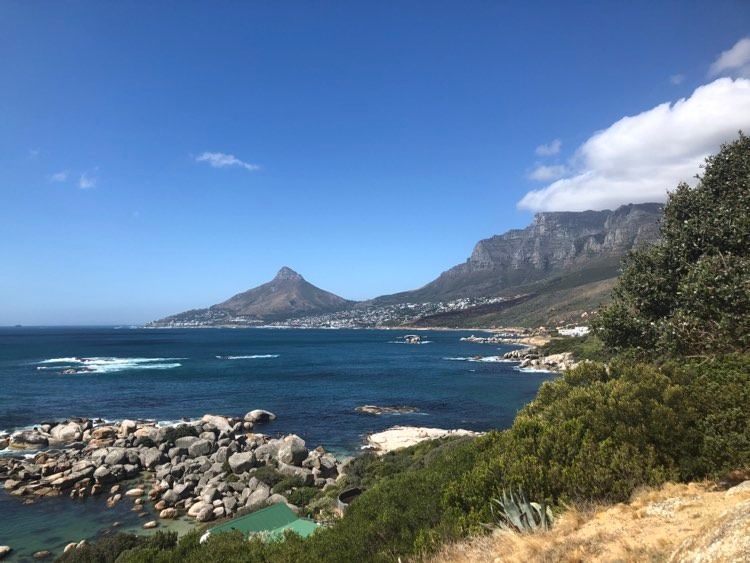By Savannah Coombe, Co-Editor in Chief, The Croft
The Croft Magazine // In our final pin drop, we go on the ground in Cape Town with student Savannah Coombe, exploring the inequalities of her home city.
South Africa is where I was born, and where I lived until I was 18. I was born in the southern suburbs of Cape Town, south of Table Mountain and the City Bowl (or the ‘CBD’ as we call it). It’s known as the City Bowl because it’s hugged by the mountain and forms a round bay… which is that iconic photograph of Cape Town, looking onto the city with the mountain in the background, across the water. It’s a common misconception that Cape Town is the southernmost point in Africa. It’s not. That’s actually the Cape of Good Hope, which is a significant nature reserve that extends from the larger Cape Town suburbs.
Going back to South Africa in recent times has been interesting. It really brings things to light, I think, when you spend a significant amount of time outside of your own country. I’ve been surprised that many people I’ve met through university have travelled to South Africa, and the vast majority of them to Cape Town. They always speak to me about the inequality, and how shocking it seems to them. There’s a famous anecdote about driving from the airport in Cape Town (which is about forty-five minutes outside the city), into the city centre itself, and along the way you pass several ‘townships’. These slums were formed during the apartheid era, which ended in 1994. They were a result of black South Africans being relocated from inside the city centres to remote, rural locations as a part of a series of terrible, discrimanatory Apartheid legislature. Obviously, urbanisation then occurred, and a lot of these people ended up moving back. But, as they were legally banned from ‘white’ cities, they set up homes for themselves outside of the city and these are what we now see today in the form of 'townships'.
These houses are really shocking to see. Most of them are made of informal structures (corrugated iron and other scrap metal), strung together to form single room dwellings. But, living there for years, it’s easy to become desensitised. From an academic and objective standpoint, you can say South Africa has issues. We have many people living below the poverty line, and huge levels of corruption. But it’s very hard on a day-to-day basis to grapple with that emotionally, so I think it leads many people to shut off. This is of course a point of privilege, but a fact nonetheless. Now, at 23, I try not close myself off in that way. Probably as a result of the pandemic, there’s been a mass awakening of the South African population –and a mass mobilising – as we realise we really are stronger together.
Featured Image: The Croft / Savannah Coombe









